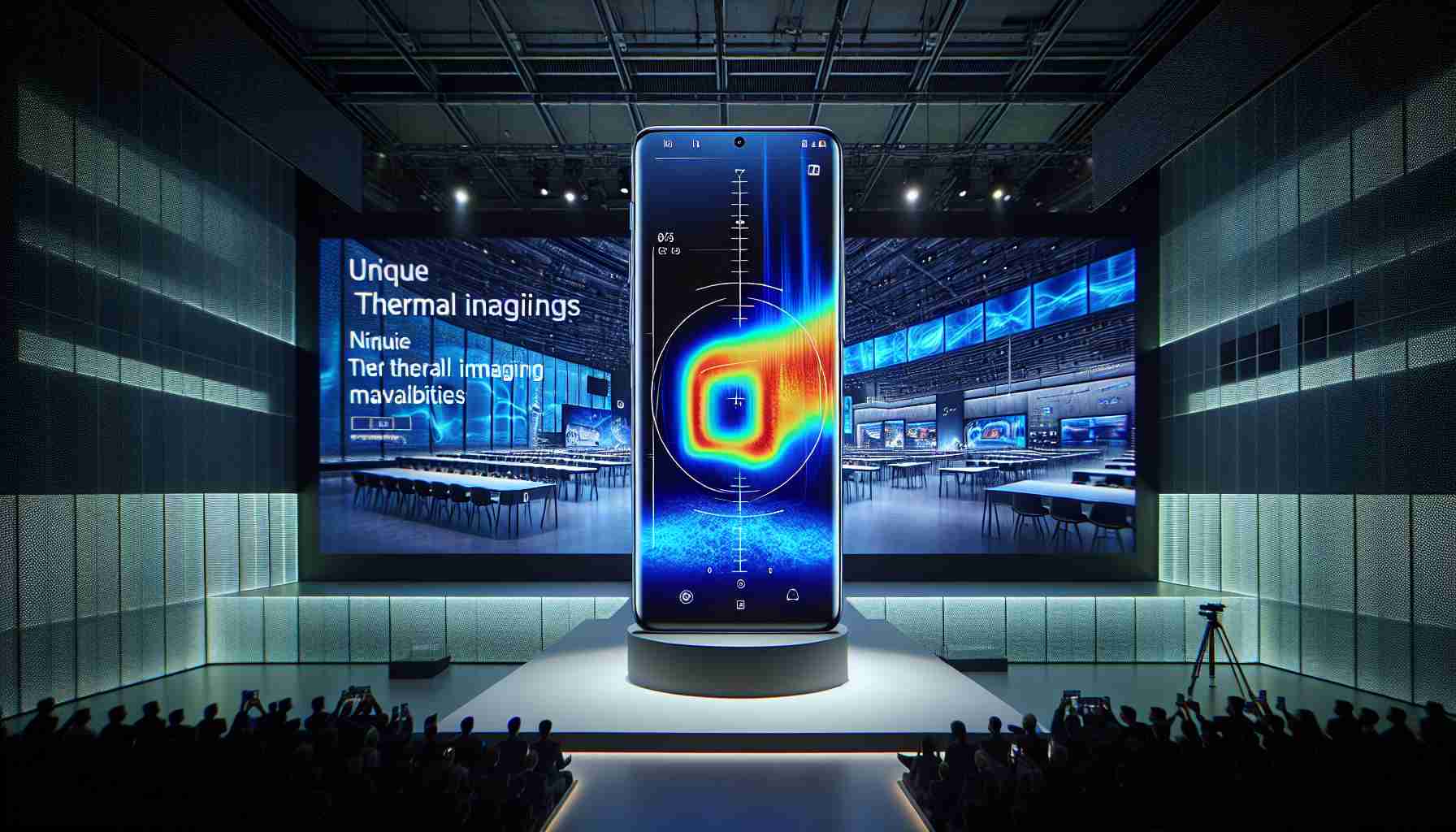A new era of smartphones has been ushered in with the release of the Blackview BL9000 Pro, featuring a rare thermal imaging camera. This high-tech phone harnesses the power of FLIR technology to create a tool that’s both a communication device and a heat-vision solution. Professionals and hobbyists alike can uncover a world of uses ranging from electrical repair tasks to detecting insulation leaks in buildings.
Aside from thermal vision, the Blackview BL9000 Pro packs a punch with a 50 MP main camera, harnessing the prowess of the ISOCELL GN5 sensor. This technology enables detailed and lifelike image capture. The display, a 6.7-inch IPS LCD boasting a crisp 1080 x 2460 resolution, provides smooth scrolling with a 120 Hz refresh rate and is robustly protected by Corning Gorilla Glass Victus.
Underpinning the BL9000 Pro’s efficient performance is a MediaTek Dimensity 8020 processor, supported by 12GB of RAM and a generous 512GB of UFS 3.1 storage. Users can multitask with ease, and have plenty of room for all their digital essentials. Audio quality is prioritized too, thanks to stereo Harman AudioEFX speakers offering rich acoustics.
Durability is a cornerstone of the design with IP68 and IP69K ratings confirming its resistance to water and dust, and the capacity to withstand tough conditions. Less frequent charging is a significant bonus due to its substantial 8800 mAh battery. Users can enjoy the intuitive DokeOS 4.0 interface, based on Android 14, promising a streamlined experience. Available on Aliexpress, the BL9000 Pro is priced at $528 USD.
The integration of FLIR thermal imaging extends the smartphone’s use beyond traditional boundaries. Its ability to render thermal radiation into visible images opens up various professional and personal possibilities and enriches the user’s toolkit. Despite the steep price and niche applications that may not cater to everyone, it stands as a testament to smartphone innovation and versatility. For additional details, one might explore FLIR Systems, MediaTek, or Corning for related technologies.
Key Questions and Answers:
1. What is thermal imaging technology?
Thermal imaging is a technique used to capture and create images of objects based on the heat they emit. This technology uses infrared radiation and thermal energy to generate visuals, allowing users to see variations in temperature.
2. How can thermal imaging be useful in a smartphone?
Thermal imaging in a smartphone can be beneficial for various applications, such as identifying overheating electrical components, detecting moisture or insulation leaks in buildings, facilitating nocturnal wildlife observation, and aiding in search and rescue operations by locating warm objects or people in low visibility conditions.
3. Who can benefit from a smartphone with thermal imaging capabilities?
Professionals in fields like electrical engineering, construction, wildlife study, emergency services, and HVAC can benefit from the thermal imaging capabilities of smartphones. Hobbyists interested in advanced technological features may also find it appealing.
Key Challenges and Controversies:
One key challenge is the cost associated with integrating advanced technologies like thermal imaging into a smartphone. This can make such devices expensive and less accessible to the average consumer.
Another challenge is ensuring that the thermal imaging technology is user-friendly and provides accurate readings, as misinterpretation of thermal images could lead to incorrect diagnostics in professional settings.
Controversies may arise regarding privacy concerns as thermal imaging could potentially be used to intrude upon personal privacy if used unethically, raising legal and ethical questions.
Advantages and Disadvantages:
Advantages:
– Versatility in applications for both professional use and personal interest.
– Enhanced capabilities for troubleshooting, maintenance, and safety.
– Rugged durability with resistance to water and dust, suitable for tough conditions.
– High specification components (camera, processor, battery) for overall high-performance use.
Disadvantages:
– High cost might deter average consumers.
– Niche applications may not appeal to a broad market.
– Thermal imaging has a learning curve and requires knowledge to interpret images correctly.
– Potential privacy concerns due to the ability to ‘see’ heat signatures through some barriers.
For more information on relevant technologies and related topics, here are links to the main domains:
– FLIR Systems
– MediaTek
– Corning
The information provided here adds context to the benefits and considerations associated with the new Blackview BL9000 Pro smartphone, specifically its innovative thermal imaging capabilities.
